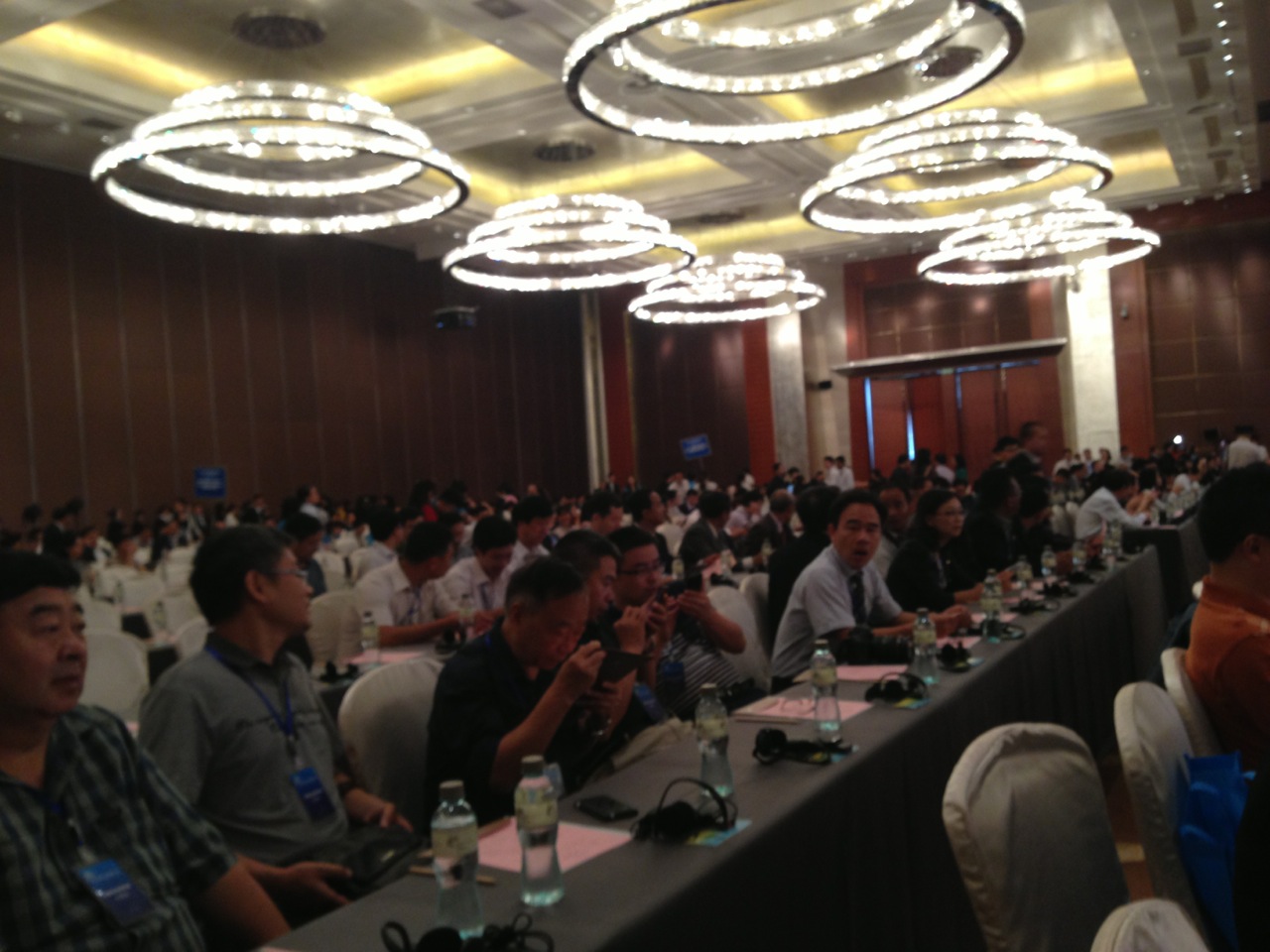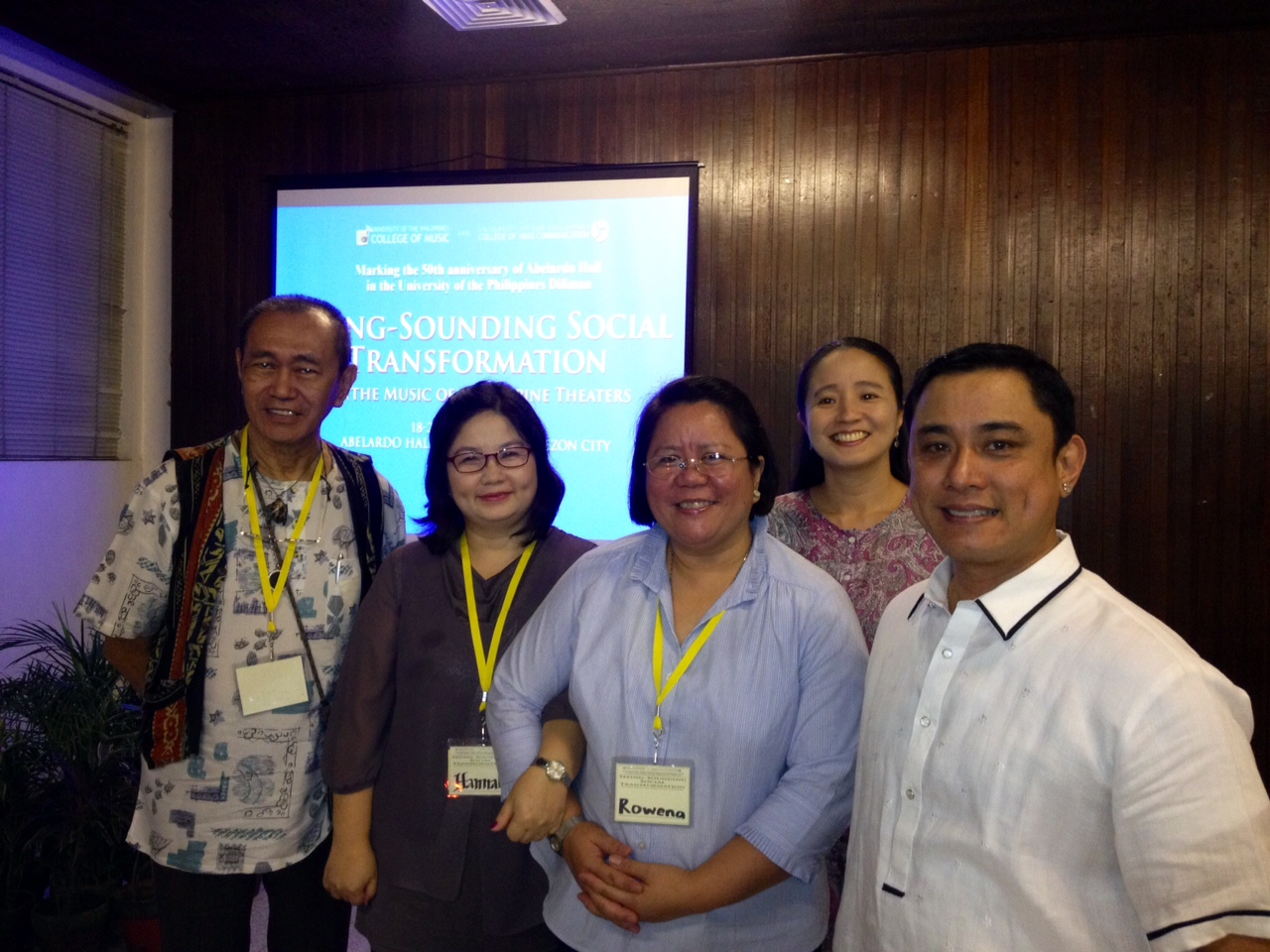China-ASEAN Cultural Intergrowth and Inclusiveness Development Forum

The conference is an annual gathering to strengthen friendly and practical cooperation, and promote exchanges in education and culture between China and ASEAN countries.
Seeing-Sounding Social Transformation in Philippine ‘Theaters’

Dr. Reuben R. Cañete discussed 'Flowers, Toast Songs, and Masked Streakers: The Oblation Run as Ritualized Street Theater and Spectacle,' which presents the Oblation Run as a distinct manifestation of “street protest theater” imbibed with its own hybridized rules of performance and ritual; he also explored how masculinity, media culture, and spectacle function as indices of modernity in Philippine social life and performative culture.
Dr. Matthew Santamaria (right) presented 'Pag-Jamu Bohey Deya: Observing Socialization and Memory in the Music-Dance Ritual of the Sacred Well among the Sama of Tabawan Island, Municipality of South Ubian, Tawi-Tawi Province, Southern Philippines.' The paper looks at ritual as an important source of collective memory, as well as a process of socialization through the performance of the igal (dance) and the kulintangan music traditions among the Sama Tabawan of Tawi-Tawi.
Dr. Michiyo Yoneno-Reyes (back) explores the meanings of the video production of Kalinga music by the National Museum of Ethnology, Osaka, Japan (2008-2014) in her “Gangsa and Jeans: Reflection on Video Documentation of Kalinga Musics by Minpaku.” The paper suggests that the documentation presents rare, mediated visual images of local people performing gangsa without the “ethnic” costume and choreographed formations, in the midst of the flux of the staged representation of the music culture of the northern Luzon highland.
The conference is part of the commemoration of the 50th anniversary of Abelardo Hall at the College of Music, University of the Philippines Diliman.
Chiefdoms: Mapping the Contours of Complex Societies in the Central Philippines
Dr. Carolyn Sobritchea and Dr. Michiyo Yoneno-Reyes served as discussants to the lecture by Dr. Eric Casino during the forum, “Chiefdoms: Mapping the Contours of Complex Societies in the Central Philippines” held last 25 September 2013.
Dr. Sobritchea engaged with Dr. Casino’s data, validating his use of different methodologies for reconstructing the history of chiefdoms; she also stressed the need to go beyond traditional methods and adopt more modern ways of collecting and analyzing archaeological and historical data, including genetics to determine population movements.
Dr. Yoneno-Reyes shared the striking commonality between the Central Philippines and the northern Luzon highlands (Cordillera). She suggested that the predominant framework in Philippine Studies that divides the highland and the lowland be adjusted to draw more attention to the significance of the “dendritic metaphor (water flows through river systems).

